Did you know a well-kept lawn can boost your property’s value by up to 20%? This fact shows how crucial proper lawn care is. For homeowners or property managers, knowing what lawn maintenance covers is key to a healthy, attractive outdoor area.
Lawn maintenance covers many tasks, from basic cutting to detailed landscaping. These activities help keep your lawn looking great all year. Professional lawn care services offer more than just mowing. They ensure your lawn stays lively and healthy in every season.
Good lawn care means regular mowing, edging, and trimming to keep the grass at the right height. But there’s more. Weed control, correct watering, and soil care are also vital. By focusing on these, you can have a lush, green lawn that boosts your property’s look.
Key Takeaways
- Regular mowing, edging, and trimming are key to lawn care.
- Professional services often include soil analysis for specific care.
- Weed control and proper watering are key for lawn health.
- Seasonal tasks like aeration and overseeding help keep your lawn thriving.
- Custom maintenance plans can improve your lawn’s look and health.
Understanding the Basics of Lawn Care
Learning the basics of lawn care is crucial for a lush, healthy yard. Let’s dive into the key elements of lawn maintenance that will improve your outdoor space.
Regular Mowing: Keeping Your Grass at the Right Height
Proper mowing is essential for a healthy lawn. Cut your grass once or twice a week, taking off only one-third of its length. This helps the roots grow strong and keeps weeds away. Many people use professional lawn mowing services for consistent, precise cuts.
Watering: Proper Hydration for a Healthy Lawn
How often you water your lawn depends on the weather and grass type. Deep watering once or twice a week is better than watering lightly every day. This method helps your lawn grow deep roots, making it more resistant to drought.
Fertilization: Feeding Your Lawn Essential Nutrients
Fertilizing your lawn is crucial for its health. Organic fertilizers add important nutrients like potassium, phosphorous, and nitrogen. But, don’t overfeed your lawn, as it can be harmful. Create a feeding schedule that fits your lawn’s specific needs.
| Lawn Care Basics | Frequency | Benefits |
|---|---|---|
| Mowing | 1-2 times per week | Promotes strong root growth |
| Watering | 1-2 times per week | Encourages drought resistance |
| Fertilization | As needed (seasonal) | Provides essential nutrients |
By focusing on these lawn care basics, you’ll have a healthier, more vibrant lawn. Remember, choosing the right grass type can cut water use by up to 30%. This makes your lawn care routine more sustainable and efficient.
What Does Lawn Maintenance Include: Core Services
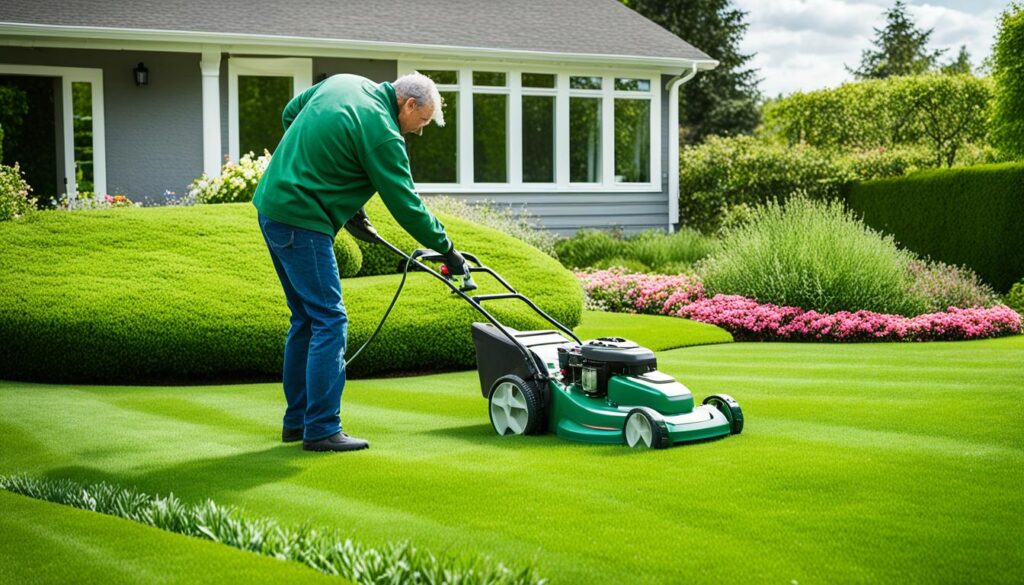
Lawn maintenance services include many tasks to keep your yard looking great. Cutting the grass is a key part, often done weekly or every two weeks when it’s growing. Edging and trimming go hand in hand with mowing to keep your lawn’s edges neat.
Dealing with weeds is also important. Lawn care companies might visit once a season or more to fight off weeds. Fertilizing your lawn several times a year helps it grow strong, depending on the type of grass and where you live.
Getting your lawn aerated and overseeded once a year can make the soil healthier and your lawn thicker. In the fall and spring, companies also offer leaf removal and yard cleanups. These services are key parts of what lawn care companies provide.
| Service | Frequency | Benefits |
|---|---|---|
| Mowing | Weekly/Bi-weekly | Maintains grass height, promotes healthy growth |
| Edging | With mowing | Creates clean borders, enhances appearance |
| Weed Control | 1-4 times per season | Eliminates unwanted plants, improves lawn health |
| Fertilization | 2-4 times per year | Nourishes grass, promotes vibrant color |
| Aeration | Annually | Improves soil health, reduces compaction |
Choosing professional lawn care can really pay off. It can increase your property’s value by up to 15%. A well-kept lawn also helps clean the air, filters pollutants, and supports wildlife.
Advanced Lawn Care Techniques
To get a lush, healthy lawn, you need to do more than just the basics. Advanced lawn care techniques can make your yard look amazing. Let’s look at some key methods to improve your lawn.
Aeration: Loosening Compacted Soil
Aeration is key for your lawn. It makes small holes in the soil. This lets air, water, and nutrients get deeper into the roots. It helps roots grow and makes your lawn healthier.
Overseeding: Promoting Thick and Lush Growth
Overseeding spreads grass seed over your lawn. It fills in bare spots, makes your lawn thicker, and brings in new, strong grass types. For the best effect, do this with aeration to help seeds reach the soil.
Dethatching: Removing Dead Grass and Debris
Dethatching gets rid of dead grass, roots, and debris. This helps air move better and water soak in, making your grass healthier.
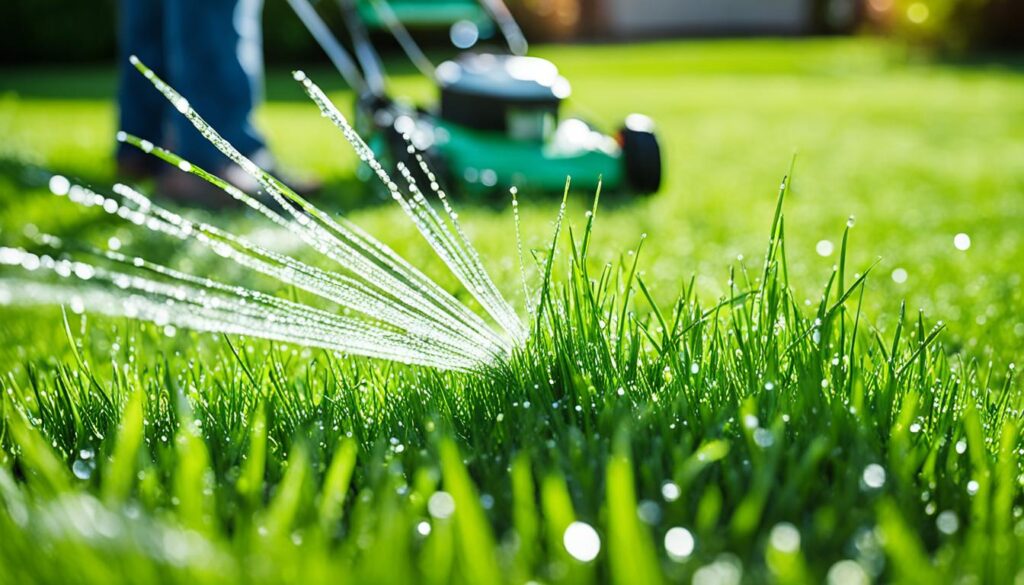
| Technique | Benefits | Frequency |
|---|---|---|
| Aeration | Improves soil structure, nutrient absorption | 1-2 times per year |
| Overseeding | Fills bare spots, introduces new grass varieties | Annually or as needed |
| Dethatching | Enhances air and water circulation | When thatch exceeds 1/2 inch |
Using these advanced lawn care techniques can greatly improve your lawn’s health and look. Remember, when to do these is important. Talk to a lawn care expert for the best plan for your climate and grass type.
Seasonal Lawn Maintenance Tasks
Adapting your lawn care to each season keeps your grass healthy all year. Let’s look at the key tasks for spring, summer, fall, and winter lawn care.
Spring Lawn Care: Preparing for Growth
Spring brings warmer weather, and it’s time to get your lawn ready. Start by cleaning up debris and using pre-emergent herbicides to stop weeds. For Florida lawns, make sure to water about 1 inch per week.
Adjust your mowing height based on your grass type. St. Augustine grass does well at 3-4 inches tall, while Zoysia prefers 2 inches. These steps help your lawn grow strong.
Summer Lawn Maintenance: Battling Heat and Drought
Summer lawn care focuses on handling the heat and drought. Water your lawn 2-3 times a week, giving it about 1 inch of water each time. Keeping your grass a bit taller helps it handle the heat better.
Don’t forget to control pests like chinch bugs and sod webworms. Fertilizing in summer boosts growth and helps fight pests, keeping your lawn looking great.
Fall Lawn Care: Getting Ready for Winter
Fall lawn care gets your grass ready for winter. Start watering less, about 1-2 times a week, and overseed thin spots for a fuller lawn. Aeration helps roots grow stronger, important for surviving winter.
Testing your soil helps you know what nutrients and pH balance your lawn needs. This ensures you give your grass the right care.
Winter Lawn Protection: Minimizing Cold Weather Damage
Winter lawn protection is key, even in mild climates. Water and mow less as growth slows. Use a winterizer fertilizer high in potassium to help your lawn handle the cold.
Watch out for pests like mole crickets and grubs. By changing your lawn care with the seasons, you’ll keep your lawn healthy and looking great all year.
FAQ
What does lawn maintenance include?
Lawn maintenance covers many key tasks. These include mowing, watering, weeding, and feeding. It also includes aeration, edging, and trimming shrubs during the growing seasons.
What are the basics of lawn care?
The basics of lawn care are simple yet crucial. They include regular mowing, watering, and fertilizing. Mow your lawn once or twice a week, cutting the grass only one-third of its length.
Water your lawn when the weather demands it, usually once or twice a week. Choose organic fertilizers to feed your lawn. They provide the nutrients needed for a healthy, green lawn.
What are the core lawn maintenance services?
Core lawn maintenance services are key to a healthy lawn. They include regular mowing, watering, and controlling weeds. Fertilizing, aeration, and edging are also part of these services.
Some services may also cover pest control, mulching, and maintaining irrigation systems.
What are advanced lawn care techniques?
Advanced lawn care techniques help improve your lawn’s health. Aeration loosens compacted soil. Overseeding promotes thick, lush growth. Dethatching removes dead grass and debris.
How does lawn maintenance vary by season?
Lawn care changes with the seasons. In spring, prepare your lawn for growth with cleanup, fertilization, and fixing winter damage.
Summer maintenance focuses on watering, mowing, and managing heat stress. In fall, overseed, fertilize, and remove leaves to get ready for winter.
Winter care is about reducing foot traffic, avoiding snow compaction, and protecting against cold damage.

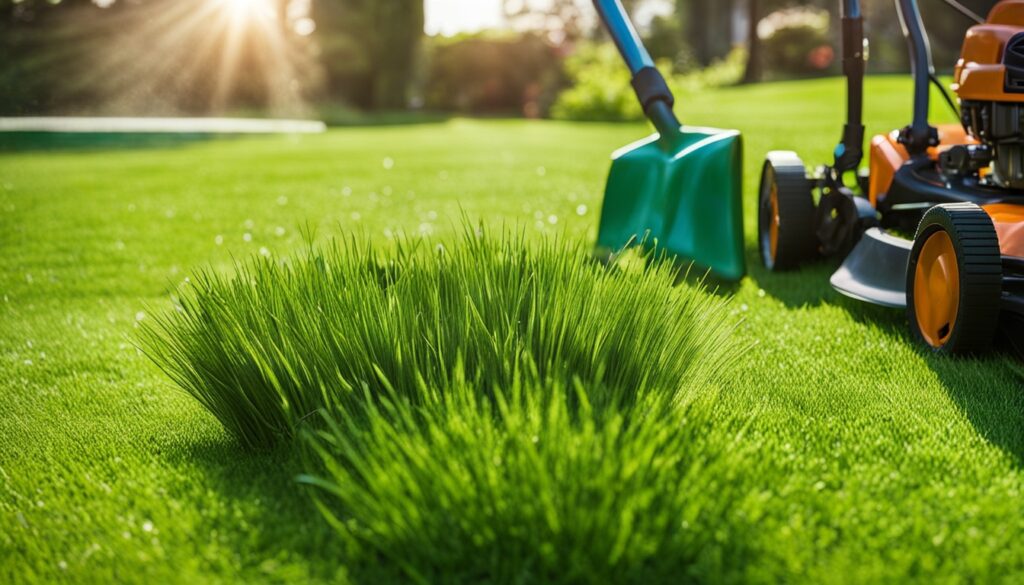
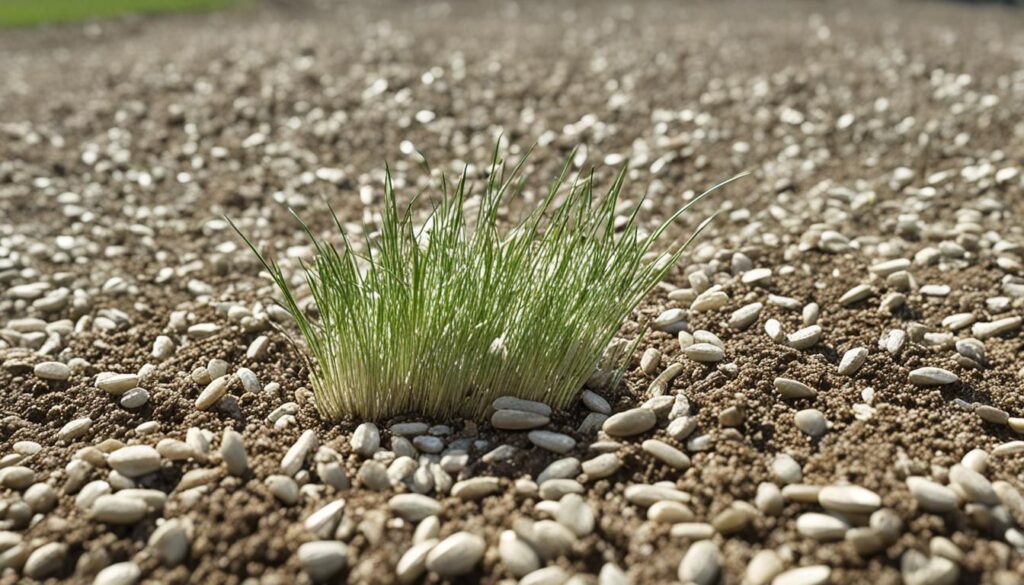
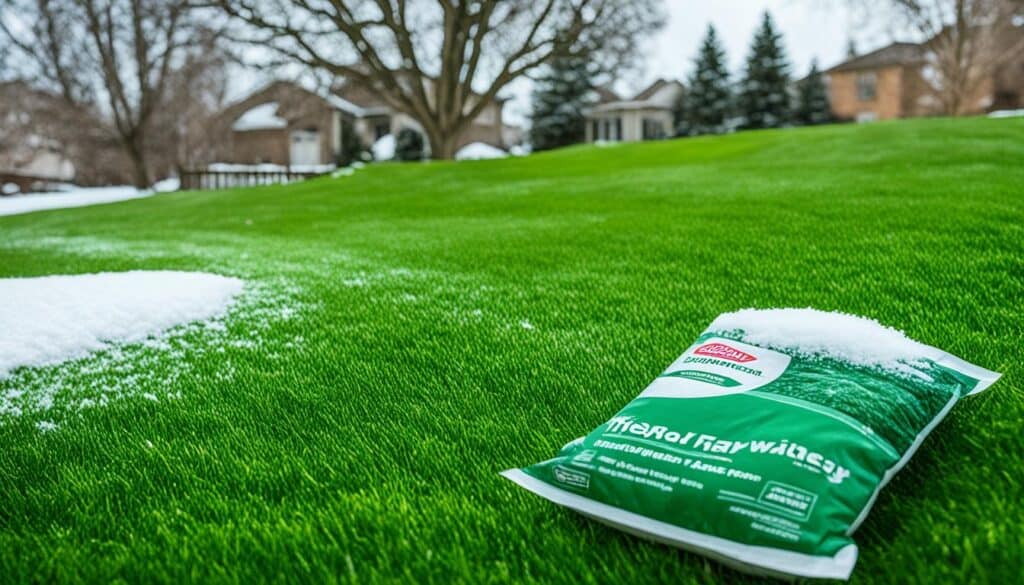
Your point of view caught my eye and was very interesting. Thanks. I have a question for you.
Please
Yes You can ask your question in Comments . Thanks